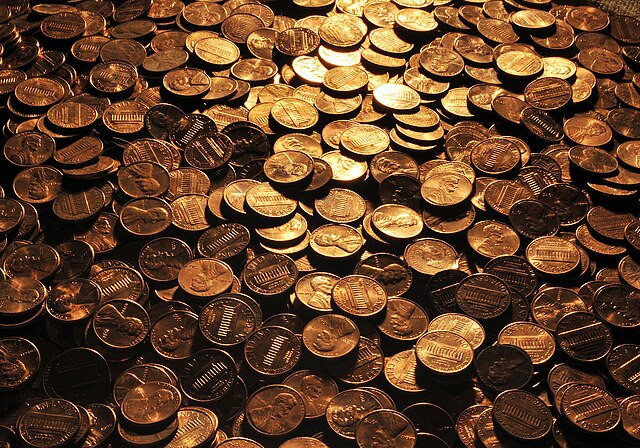President Donald Trump announced Sunday that he has directed the U.S. Treasury Department to halt the production of new pennies, citing the rising cost of minting the coin as an example of "wasteful" government spending. The move, which Trump unveiled in a Truth Social post, follows his administration's aggressive efforts to slash federal expenditures.
"For far too long the United States has minted pennies which literally cost us more than 2 cents," Trump wrote. "This is so wasteful! I have instructed my Secretary of the U.S. Treasury to stop producing new pennies. Let's rip the waste out of our great nation's budget, even if it's a penny at a time."
It remains unclear whether the president has the authority to unilaterally halt penny production. The U.S. Constitution assigns Congress exclusive control over currency regulations, including coinage. While the Treasury secretary can determine the issuance of coins based on demand, the legal framework does not explicitly grant the executive branch the power to eliminate a denomination.
Wall Street analysts suggested the move, if implemented, could create short-term disruptions and accelerate the shift toward digital payments. TD Cowen's Jaret Seiberg noted that the directive is likely to survive judicial review, potentially leading to a coin shortage. "We worry about this leading to a shortage of pennies, which could force merchants to pay banks more for coins," Seiberg wrote. "It also adds legal risk for merchants and banks. That could create the crisis needed to force Congress to act."
The U.S. Mint, which produces the nation's currency, has reported that the cost of manufacturing a penny has exceeded its face value for 19 consecutive years. In 2024, each penny cost 3.69 cents to produce, resulting in a $85.3 million loss for the fiscal year. The nickel has also become increasingly expensive to manufacture, with each five-cent piece costing 13.78 cents to mint.
Trump's move was not a prominent part of his campaign platform but gained traction within his administration after Elon Musk's Department of Government Efficiency (DOGE) raised concerns about the cost of minting lower-denomination coins.
"The process of discontinuing the penny in the U.S. is a little unclear. It would likely require an act of Congress, but the Secretary of the Treasury might be able to simply stop the minting of new pennies," said Robert K. Triest, an economics professor at Northeastern University.
Efforts to eliminate the penny have surfaced repeatedly in Congress, with proposals ranging from temporarily suspending production to requiring prices to be rounded to the nearest five cents. Proponents argue that eliminating the penny could reduce transaction times, simplify cash transactions, and align the U.S. with other countries that have phased out their lowest-denomination coins. Canada stopped minting its penny in 2012, and the half-cent coin was removed from U.S. circulation in 1857.
Trump's decision comes as his administration intensifies cost-cutting measures across federal agencies. Musk, who has been leading a broad review of government expenditures, has targeted entire departments in an effort to identify $2 trillion in savings. The administration's budget-cutting efforts have already sparked legal challenges from state attorneys general, particularly regarding DOGE's access to agency records.
Trump announced his directive as he departed New Orleans after attending the first half of the Super Bowl. While his decision to halt penny production is likely to face legal and logistical hurdles, it underscores his administration's broader push to reshape government spending policies.






